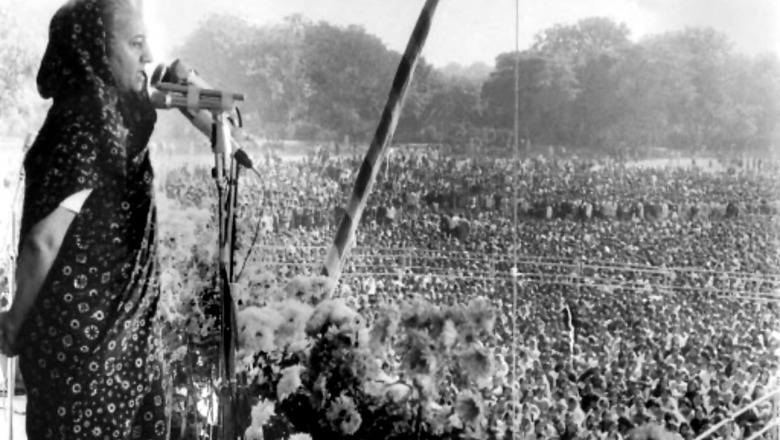
views
Recently, Congress leader Rahul Gandhi delivered a lecture at his alma mater Cambridge University, titled ‘Learning to Listen in the 21st Century.’ In his speech, he said, “Indian democracy is under pressure and under attack. The institutional framework which is required for a democracy…parliament, free press, the judiciary, just the idea of mobilisation —are all getting constrained. We are facing an attack on the basic structure of democracy.” In his lecture, Rahul Gandhi accused the government of controlling the judiciary and media, keeping surveillance on the Opposition leaders, increasing attacks on minorities, intimidation, and shutting down all dissenting voices. Keeping in context that Rahul Gandhi and his party, along with the left-liberal cabal, keep crying almost daily that Indian democracy is in danger since 2014, perhaps it is time to remind them about the Emergency under Indira Gandhi and show them what losing democracy really looks like.
June 25, 1975. The date is a memorable one in Indian political history. It was the day when a National Emergency was officially declared in India by President Fakhruddin Ahmed under the leadership of Indira Gandhi. It was from that day for the following 21 months that Indian democracy saw some of the darkest moments as it moved into a period of unequalled state brutality and complete unaccountability for the first time post-independence. As our Home Minister Amit Shah had said in 2021, “On this day in 1975, the Congress killed the world’s largest democracy by imposing Emergency on the country in the selfishness and arrogance of power. Innumerable Satyagrahis were imprisoned overnight and the press was locked. Taking away the fundamental rights of the citizens, made the Parliament and the court mute spectators.”
What triggered the Emergency
The turmoil started when Raj Narain, who had been defeated in the 1971 parliamentary elections from Raebareli, by Indira Gandhi, challenged her victory before the Allahabad High Court. Narain, with his lawyer Shanti Bhushan, alleged that Indira Gandhi had violated the code of conduct by using unscrupulous ways (bribery and misuse of state machinery) to win the elections. On June 12, 1975, Justice Jagmohanlal Sinha of the Allahabad High Court, after cross-examining Indira Gandhi, held her guilty of electoral malpractices, declared the Raebareli elections as null and void, and disqualified her from holding an elected office for the next six years.
Gandhi challenged the decision in the Supreme Court; however, on June 24, 1975, Justice V. R. Krishna Iyer of the SC upheld the Allahabad High Court judgment, ordered all MP privileges to her be stopped, and debarred her from voting, even though she was allowed to continue as the prime minister (subject to her pending appeal to the SC). It was then that Siddhartha Shankar Ray (West Bengal Chief Minister), advised Indira Gandhi to declare an ‘internal Emergency,’ and drafted the letter to be read by President Fakhruddin while imposing the Emergency, claiming Mrs Gandhi had information that “there is an imminent danger to the security of India being threatened by internal disturbances.” As the announcement of the Emergency was made, Indira Gandhi invoked Article 352 of the Indian Constitution and granted herself extraordinary powers, which allowed her to launch an immediate witch hunt against the Opposition leaders and a brutal crackdown on the civil liberties of the public.
The Emergency
As soon as the President made the Emergency proclamation, Opposition leaders were arrested, including well-known political leaders such as Jayaprakash Narayan, Atal Bihari Vajpayee, Vijayaraje Scindia, Chandra Shekhar, Charan Singh, LK Advani, Madhu Dandavate, Maharani Gayatri Devi, Ramakrishna Hegde, Morarji Desai, Biju Patnaik, Nanaji Deshmukh and Sikander Bakht. While these political leaders were jailed, some leaders, such as George Fernandes, went into hiding to keep up with the fight against Indira Gandhi. Besides political leaders, stalwarts from Bollywood also faced the heat, wherein Kishore Kumar’s songs were banned from All India Radio (AIR) and Dev Anand’s films were banned by the State and all its broadcasting channels (unofficially). Media, too, faced heavy censorship, and the hawk-eyed ‘censors’ (often police inspectors) would remove anything that looked like a criticism of Indira Gandhi or the government.
As per official figures (as given by the government on February 12, 1977), 6330 people belonging to various organisations (arbitrarily banned during Emergency) and Opposition political parties were detained under MISA (a draconian act passed in 1971 that gave Indira Gandhi and the law enforcement agencies unlimited and unquestioned power), of which 4026 were from the Rashtriya Swayamsevak Sangh (RSS) and the Jana Sangh. It is said that more than 1,00,000 people including journalists, activists, academics and politicians were arrested under the MISA during the Emergency. As Indira Gandhi proposed a 20-point program for social and economic reforms in the country during the time of Emergency, her son Sanjay Gandhi brought forth his own five-point program and the infamous forced sterilisation of common citizens.
Destroying the very basic soul of the Constitution
During the Emergency under Indira Gandhi’s dictatorial leadership, the Congress appointed a Committee headed by Swaran Singh, which came up with a report that contained a list of amendments aimed at turning the judiciary into a paper tiger, breaking down the federal nature of the Constitution, and giving the Parliament complete power to make all amendments. The report was the starting point for what became the infamous 42nd Amendment, which ruined the very soul of the Indian Constitution. At the time when the report on the Constitutional amendments was being prepared, Indian citizens were banned from discussing the proposed amendments in groups and meetings, and the media was heavily censored so that no article criticising the proposals could be published.
Among one of the most important proposals made by the Swaran Singh Committee was that “the constituent power of Parliament to amend the Constitution as provided in Article 368 should not be open to question or challenge.” To get this done, as per the Committee proposal, Article 368 was also to be amended in a manner that would bar any judicial review. Additionally, the high courts should be prohibited from entertaining any writ petitions that would challenge the constitutional authority of a Central law “and any rule, regulation and bylaw made thereunder.” To summarise, the Swaran Singh Committee was attacking the very foundation of the Constitution by proposing amendments that would break down the judiciary and change the federal nature of the Constitution. Armed with such draconian proposals, the Congress government, led by Indira Gandhi, pushed through the 42nd Amendment Act that legalised authoritarian Central rule, destroying the democratic nature of the Indian Constitution.
Earlier, once the Emergency was in place, Indira Gandhi enacted the 39th Amendment (the bill was introduced and passed within a day) that prohibited the courts, with retrospective effect, from allowing any election-related petitions against the prime minister, which was aimed at nullifying the verdict of the Allahabad High Court against Indira Gandhi.
These two amendments together destroyed the democratic nature of the Indian Constitution and legalised dictatorship. Besides destroying the principle of equality before law (Article 14), this review committee, under Indira Gandhi, also introduced a new article that dealt with “anti-national activity” (a term referring to political opponents) and put constitutional changes beyond any judicial review, while strengthening executive powers during the Emergency. Among all the amendments made, the most dangerous one was the clause that allowed the president to amend the Constitution at his or her will.
Barbaric police torture during Emergency
While there were innumerable cases that spoke of brutal police torture during the Emergency, there were some that stand out as the ones that crossed all sense of humanity in their barbaric nature. Among these were the cases of P. Rajan in Kerala and Lawrence Fernandes in Karnataka, with the Rajan case especially shocking the entire nation.
The case of police torture and murder of P. Rajan, a student of the Regional Engineering College in Calicut with allegations of having ultra-Left leanings, was perhaps the most brutal one of all. The image of Rajan’s father Eachara Warrier, a retired teacher, desperately moving from one government office to another with his son’s photograph, and seeking help from the police and Kerala home minister to find his son, who was last seen being dragged into a police jeep, became the very symbol of the brutal nature of Indira Gandhi’s Emergency and the complete breakdown of democracy under her dictatorial leadership. Mathrubhoomi, a well-known newspaper in Kerala, later reported what happened to Rajan from the confession of a driver who had driven Rajan’s body 38 years earlier. He had reportedly said that Rajan’s mutilated body “was first dumped in an ice chamber and later ground and fed to pigs in a government factory, ‘Meat Products of India’, Koothattukulam.”
From the chilling case of Rajan’s death to the various other aspects discussed in the article that had occurred during the Emergency period imposed on India by the Congress under Indira Gandhi’s leadership, it clearly shows what happens when an authoritarian leader takes control of the country and unleashes his or her unlimited executive powers on the Opposition leaders and common citizens. Certainly, the current government under Narendra Modi’s leadership, has not made any of the moves adopted by Indira Gandhi’s government during the 1975 Emergency. The Opposition leaders are freely roaming around, travelling across the nation (Bharat Jodo Yatra), and spending quality vacation time in Kashmir playing in the snow (something which was beyond anyone’s imagination even a few years back) without any fear of arrest. They are also travelling quite freely to foreign countries and lecturing at foreign universities, where they are not only badmouthing the prime minister of India and painting a negative image of the nation, but also openly inviting foreign countries to interfere in India’s internal matters. That last part is something which, I believe, no other nation’s Opposition leaders would do when they are visiting foreign lands, out of a basic love for their country, a sheer sense of self-respect, and out of basic decency. The Supreme Court of India is also freely functioning (never mind the fact that there is a great deal of reservations in the minds of the citizens as to how ‘efficiently’ the courts are actually functioning), while attempting a lot of unwarranted interferences into the functioning of the executive body, something which Indira Gandhi had brutally put down.
So the next time when Rahul Gandhi, the left cabal, and the judiciary want to sing their favourite anthem ‘India’s democracy is in danger,’ they must be reminded of the 1975-1977 Emergency period, when India had really lost its democracy under the authoritarian and brutal leadership of Rahul Gandhi’s grandmother, Indira Gandhi.
Some major takeaways from the Emergency
- During the Emergency period, the government could arrest and had arrested anyone who they felt were ‘threats to the nation,’ by citing them as ‘internal disturbance or internal threats.’ Nearly 1,11,000 people were arrested between 1975 and 1977, under the preventive detention laws (as stated by the Shah Commission).
- During the Emergency, law enforcement agencies were given a lot of power, which led to many cases of brutal custodial tortures and deaths (Rajan’s case). There were also many cases of whimsical dislocations of the poor people, while the infamous forced sterilisation program under Sanjay Gandhi also took place at this time.
- Democratic rights and civil liberties (fundamental rights as provided in Articles 36, 37, 38, 39, 40, and 42 of the Indian Constitution are suspended during an Emergency) were mostly removed (including the rights to life and property) and many draconian laws (such as UAPA) were enacted.
- During the Emergency, most of the Opposition leaders were arrested and organisations were banned, defying the democratic system. Many of these people were randomly detained on the basis of just speculations, without any proper charges, and sometimes even their families were not notified.
The author is a well-known travel and heritage writer. Views expressed are personal.
Read all the Latest Opinions here














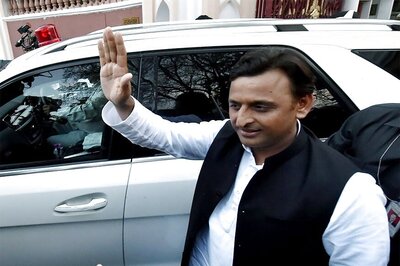

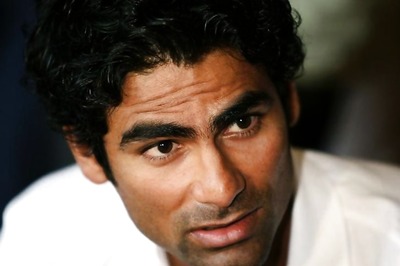

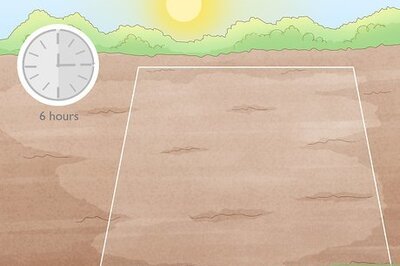
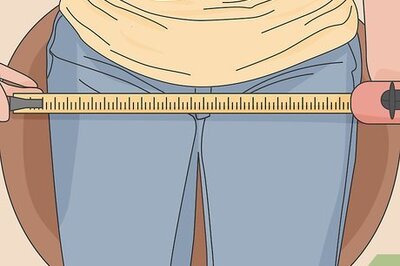
Comments
0 comment